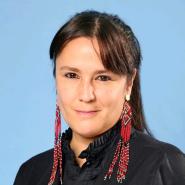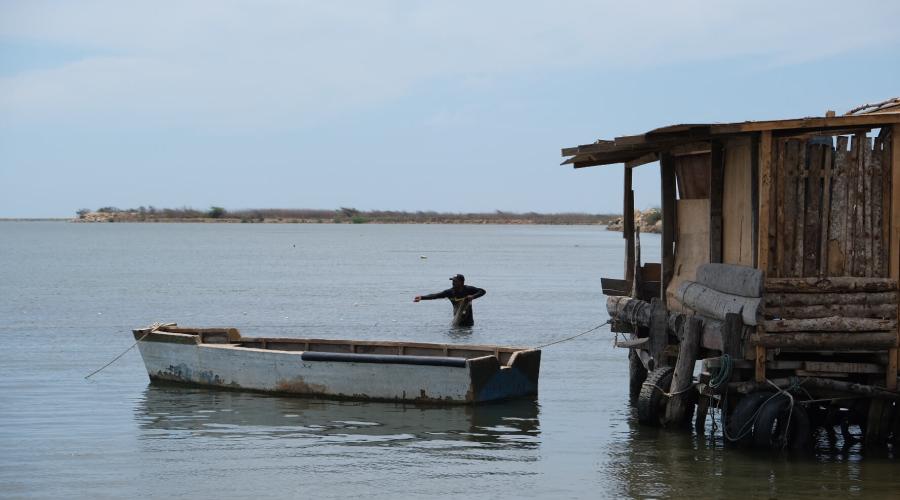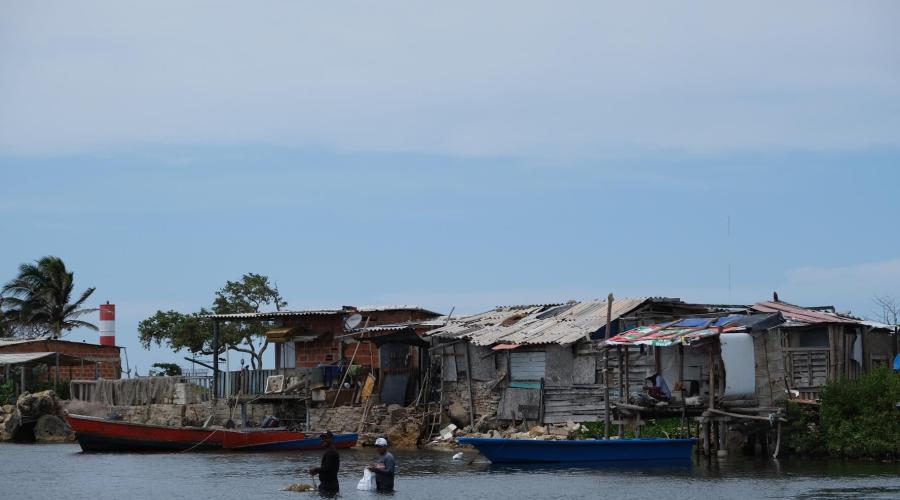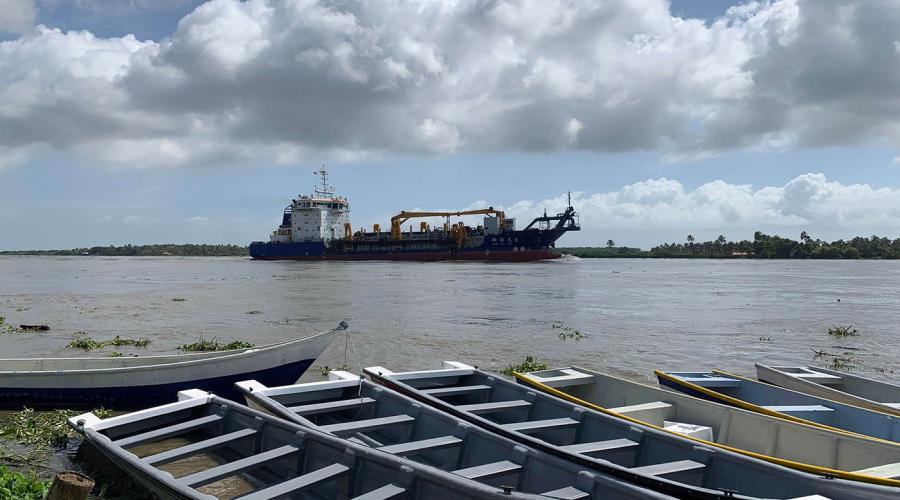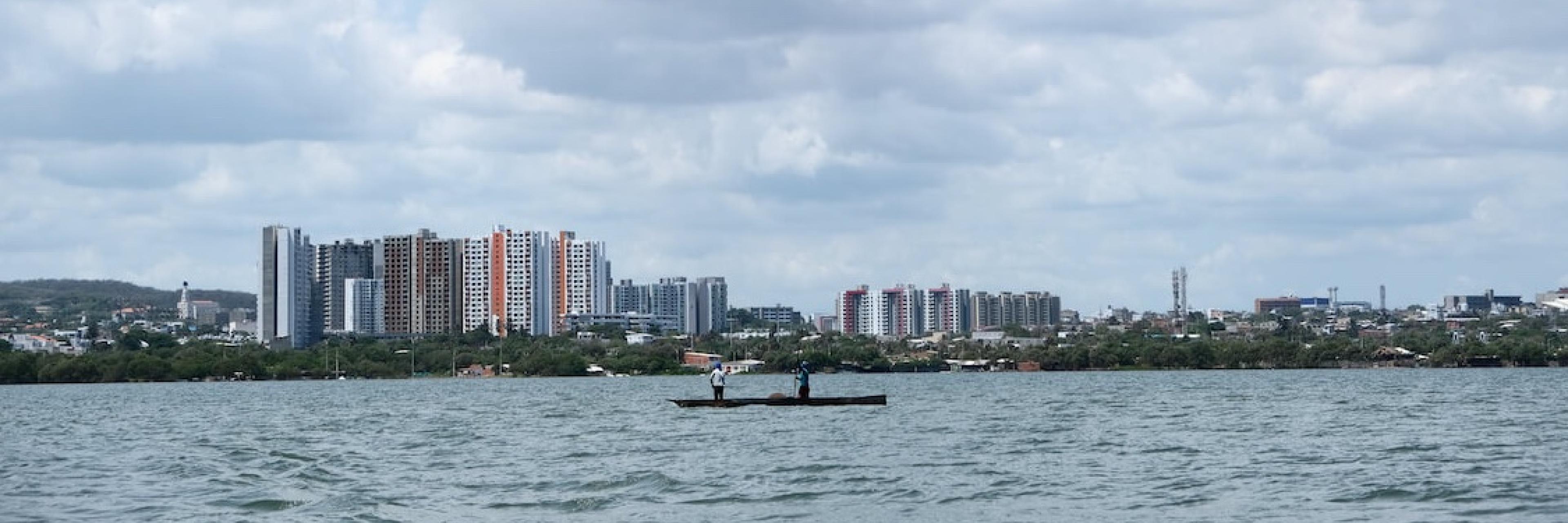
Invisible lives: fishers, wetland degradation, and uneven urban development in Barranquilla
Rationale
Barranquilla is the largest city of the Colombian Caribbean coast with a population of 2,370,753 inhabitants. The city lies next to the delta of the Magdalena River, the largest river in Colombia and also recognized as subject of rights. Due to its location between the ocean and the river, Barranquilla hosts the second most important port in Colombia, through which 4,5 million tons of goods circulated in 2020. Likewise, Barranquilla is experiencing an accelerated urban growth through public infrastructure for tourism, real estate, and industrial facilities. This dynamic development stands in sharp contrast with the deterioration of urban wetlands and the river, as well as the precarious livelihoods of those who inhabit these environments. Urbanization, port development, and industrialization in Barranquilla has occurred at the expense of wetlands, the river and fishing livelihoods. Waste from these activities have polluted watery environments, and dredging to make commercial navigation possible has adversely affected fishing, thereby undermining the quality of life in these areas.
Even though the deterioration of some urban wetlands is publicly known, other polluted wetlands located in low-income neighborhoods, as well as the lives of freshwater fishers and the ways in which they face this phenomenon are less visible. Furthermore, port and government authorities have not addressed the effects of dredging on fishing. In fact, Barranquilla is not seen as a fishing port because this activity is not economically significant to the city. Freshwater fishing is practiced for subsistence and for small local markets. Yet the income from this activity is insufficient to support a whole family. Therefore, fishers are among the poorest of the poor. Their everyday life unfolds in the midst of environmental injustice, wetland and river deterioration, and socioeconomic inequality. As they are invisible to public policy and the state, they are rarely considered as citizens, economically active subjects, and beneficiaries of welfare interventions. Fishers’ lives remain invisible in the city and its history.
We start from the premise that urban development and inequalities in many river and coastal cities of the global south have rendered small-scale fishers politically, socially and economically invisible. Fishers are not even seen as part of the urban life, as their livelihoods are more connected with ecosystems than to urban services and conventional city economies. Therefore, any attempt to revitalize urban wetlands and the river requires the acknowledgement of the people whose lives rely upon these environments not only as ecosystems users but also as urban dwellers. We want to produce collaborative knowledge with fishing communities about their place in the city and its history, not only as affected by broader urbanization dynamics but also as active agents in the development of urban life. By inhabiting both the city and the river system through their quotidian dwelling, commercial and fishing practices and knowledge, fishers connect urban life with river ecosystems. In this sense, river and wetland revitalization in cities such as Barranquilla must be a tool for the visibility of those human lives which unfold in close connection with river ecosystems. By visibility we mean the public and social acknowledgement of the contribution of fishers to the development of the city as well as the importance of wetlands and the river to the livelihoods of urban inhabitants.
From the case of Barranquilla, we want to move to broader reflections about nature-society relations and stories in river cities, the place of small-scale fishers and their knowledge in the development of urban life, and collaborative methods to understand river cities and its ecological revitalization. Through these reflections we will be able to build epistemological and methodological bridges with other places and cases, and thus inspire and learn from other initiatives.
Strategy
Our main justice goal is to collectively produce mechanisms to make the contribution of fishers to urban life more visible. Fishers experience environmental injustices by receiving the toxic waste of industrial and urban development and also by being sidelined as urban citizens and active participants in the life of the city. We seek to contribute to overcome these injustices through a multimodal approach to everyday stories of fishers in the urban waterscapes of the city of Barranquilla and its metropolitan area. This proposal is ultimately intended to inform and contribute to collective action in fishing communities, public policy and decision making regarding wetlands and the River, and inclusive city planning.
Methods
We consider three tools to tell stories about the wetlands, the Magdalena River, and the fishing communities. First, through a documentary film about the life of specific men and women from fishing communities, we will tell stories of wetland and river transformation, livelihood resilience, and the circulation of commercial fish in the city. Second, through life stories and ethnographic work we will produce a graphic novel about the life of fishing communities in the city. And third, we will produce participatory maps of the wetlands, the river and the communities who inhabit and work in these ecosystems. These materials will be part of a broader dissemination strategy called 'Barranquilla, a rivercity of fishers and other aquatic beings" to be implemented in government institutions, libraries, communities, NGOs, schools and universities in order to make citizens aware of the place and importance of fishers, wetlands and the river in the everyday life of the city. These materials will be based in ethnographic, archival and participatory work and will also be available to fishing communities who will be able to use them to support their claims around environmental justice issues. For the documentary, we will work with a filmmaker, who will participate in specific stages of the fieldwork. We will collect the life stories during fieldwork and then we will work with an illustrator to produce the visual material. Participatory mapping will be conducted with the assistance of a cartographer.

